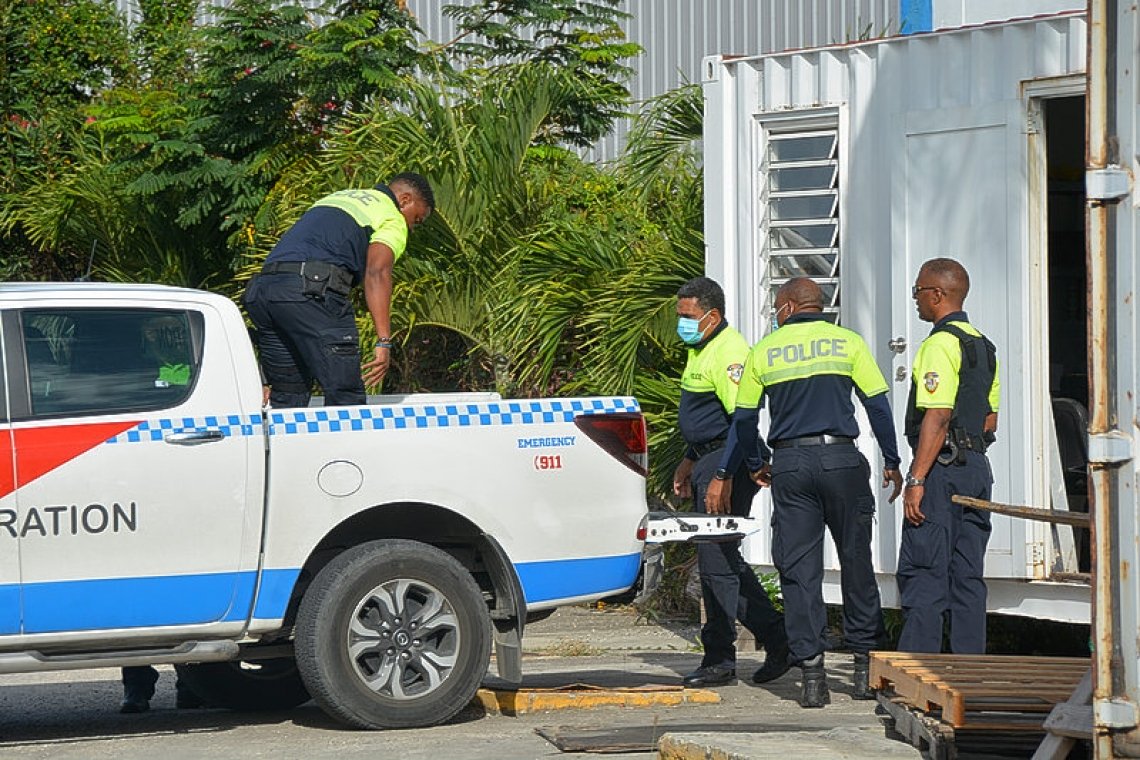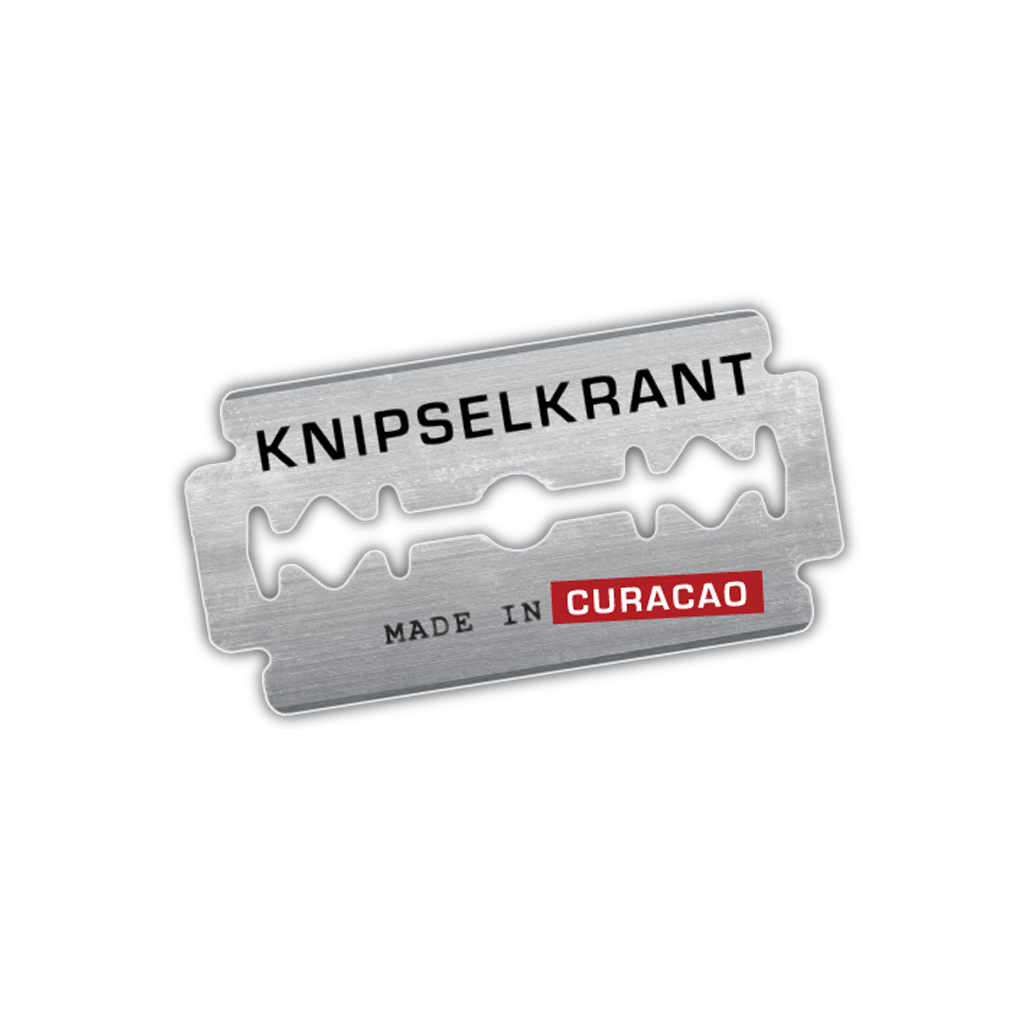
CAY HILL–The St. Maarten Police Force KPSM closed a portion of Welgelegen Road in Cay Hill on Monday afternoon and evacuated the building housing the St. Maarten Archaeological Center SIMARC while police safely disposed of a live World War II-era artillery projectile that was found last week during construction work along the upper parts of Monte Vista Road in Pointe Blanche.
According to archaeologist and SIMARC director Jay Haviser, the projectile was discovered approximately 1.5 metres underground during construction work in Pointe Blanche on Thursday, June 4. Ronald Wever then transported the projectile to SIMARC for inspection and preservation.
Haviser said he notified police about the find on June 4, and requested authorities inspect the shell to confirm whether it was safe. After Haviser made another call to authorities on Monday, police personnel came out to SIMARC’s office to inspect the unearthed ordnance.
Despite having been buried for at least 75 years, photographic and visual analysis of the artillery round indicated that it was still live and could potentially explode given the right conditions.
Around 2:00pm Monday, police evacuated the building which houses SIMARC’s office, causing the neighbouring businesses to close for the remainder of the afternoon. In the interest of public safety, police also closed off a section of Welgelegen Road, from its junction with A.J.C. Brouwer Road to its junction with Lion Road (opposite Econo Supermarket).
The projectile was moved to SIMARC’s container in the building’s parking lot. From June 4 to Monday, June 8, the round was stored in SIMARC’s office.
Police Chief Carl John and other high-ranking police officials were on-hand to personally oversee the shell’s relocation. Around 5:00pm, police loaded it in the back of an Immigration pick-up truck, and it was taken to “a secure location in the Guana Bay area” for detonation. Police placed sandbags to ensure the round could not move around during transportation.
According to police spokesperson Inspector Ethelwoldus Josepha, officers will secure the shell at the location while they await “experts” to safely detonate it.
According to Haviser, the shell is 15 centimetres (cm) in diameter and about 32 cm long. Artillery of this calibre usually weighs between 90 and 130 pounds (lb).
He said it is likely from the World War II-era, dating the shell as being from the early to mid-20th century. The shell’s outer lead covering has indications of rifling, which means it was shot out of a cannon.
Haviser said the shell was likely fired from a warship in Great Bay, either as part of target practice or during a ceremonial salute. Before the 1950s, the Monte Vista hill was devoid of human settlement, making it a logical place for target practice. When the shell hit the ground, it did not detonate and was instead buried undisturbed until Thursday.
While Haviser lamented the loss of an artifact which speaks to the island’s obscure history during the World War II-era, he said its safe disposal was more important for public safety. He also thanked police for its organised and proper removal of the potentially dangerous artillery round.
Despite being uncommon in the Caribbean region, World War II-era ordnance are often found during construction work in Europe. In 2018, German police officers and firefighters went door-to-door in a one-mile area of downtown Berlin and evacuated as many as 12,000 persons because a 1,100-pound bomb was found during construction near the city’s central railway station. In 2012, construction workers at Amsterdam’s Schiphol airport discovered a similarly sized bomb near the main terminal building.
According to newspaper The New York Times, Berlin officials estimate that there are approximately 3,000 bombs still to be discovered in the city. Since 1947, about 1.8 million explosives have been found and disposed of in Berlin alone.
Bron: Daily Herald

